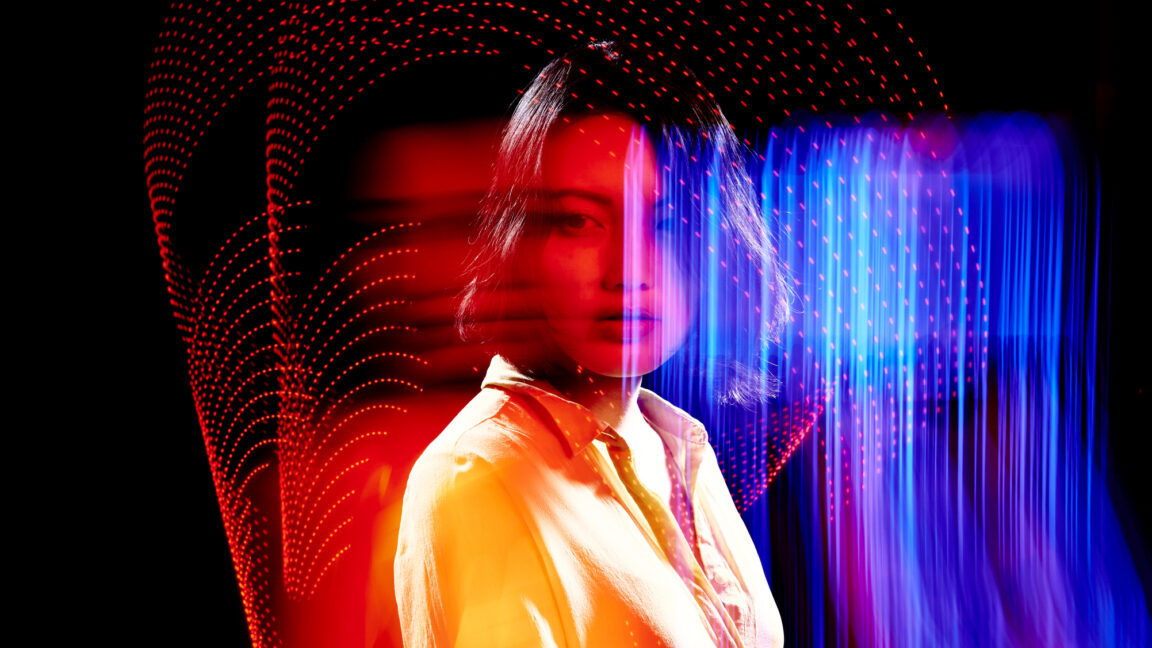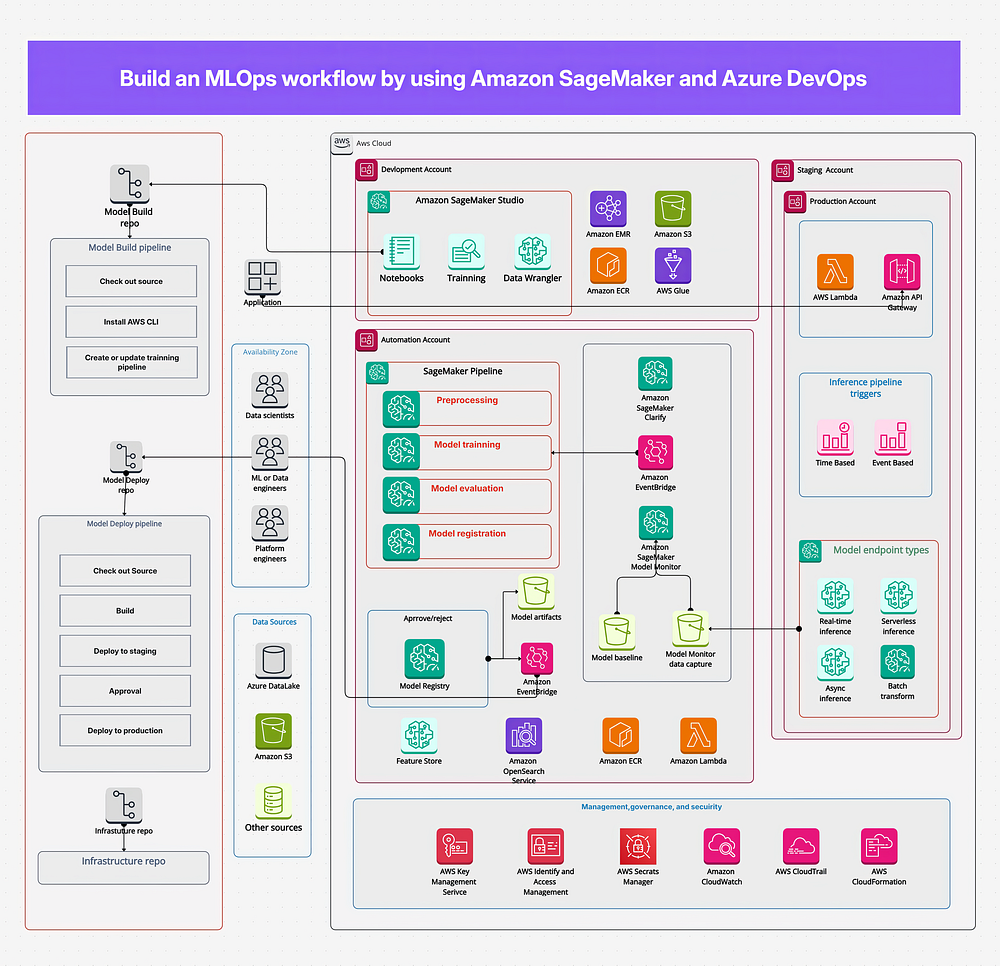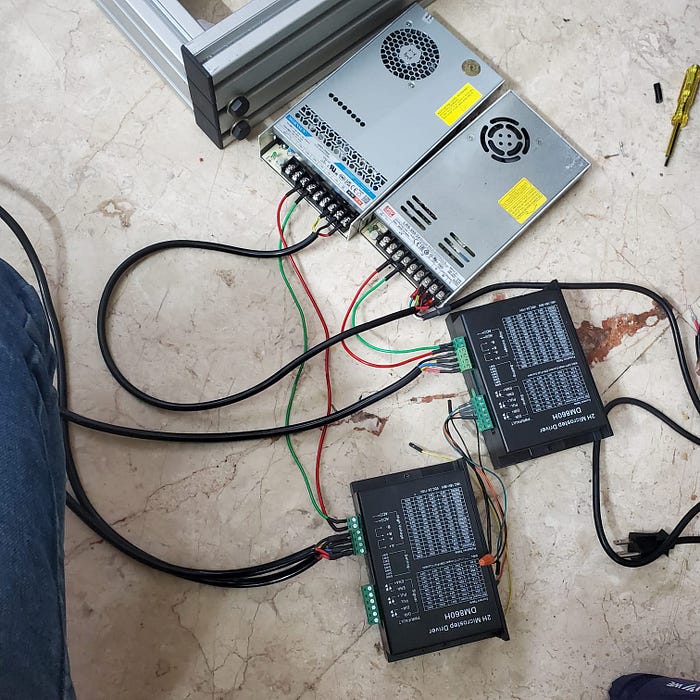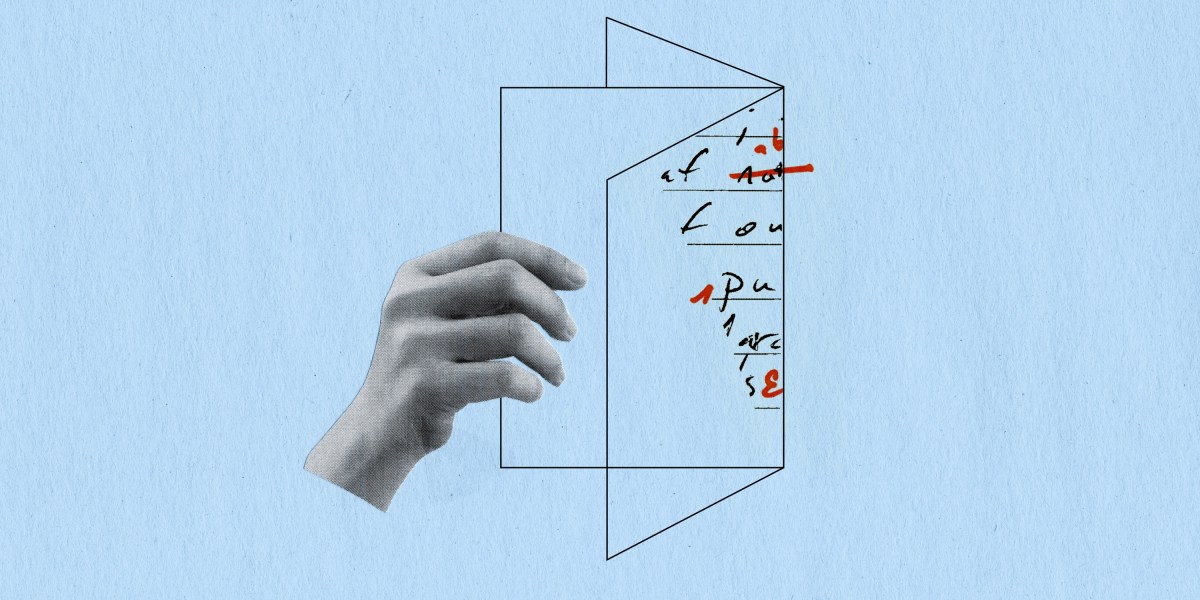Introduction to Deepfake Abuse
A man who made global headlines after he continued sharing deepfake porn in defiance of an Australian court order is now facing one of the biggest fines ever threatened over the artificial intelligence-fueled abuse. The individual, Anthony Rotondo, has been at the center of a controversy involving AI-generated sexualized images of high-profile Australian women.
The Case Against Anthony Rotondo
Australia’s eSafety commissioner, Julie Inman Grant, has recommended a fine between $400,000 and $450,000. This suggestion is meant to deter other repeat offenders from engaging in similar activities. Rotondo, who divides his time between the Philippines and Australia, was initially ordered to take down the images he posted on the now-defunct Mr. Deepfakes site.
Background on Mr. Deepfakes
The Mr. Deepfakes site shut down earlier this month after a critical service provider terminated the service permanently. The site had hosted tens of thousands of videos, attracting more than 1.5 billion views. While there hasn’t been much news on what happened to the creators, a Canadian pharmacist, David Do, is being sought for extradition by Denmark for his suspected role in operating the site. If convicted, Do could face up to six months in prison under Danish defamation laws.
Rotondo’s Defiance and Consequences
Rotondo is one of the first known Mr. Deepfakes creators verified by police. Instead of removing the images as ordered, he was sanctioned $25,000 in December 2023 for defying the court order. He continued to target more victims, allegedly including minors attending an Australian private school. Rotondo also forwarded the court order to 49 email addresses, including media outlets, which identified some of the victims. An additional deepfake was attached to this email.
Legal Reforms and Charges
Following Rotondo’s arrest, Australia reformed its laws to criminalize such deepfakes. He may avoid the maximum six-year prison sentence under these reforms but has been charged with five counts of obscene publications and exhibitions, as well as one count of obscene publication and exhibition of a child under 16 years.
Court Proceedings
In court, Rotondo showed no remorse or contrition for his conduct, according to Justice Roger Derrington. Rotondo believed the Australian order could not be enforced because he was a resident of the Philippines.
Conclusion
The case of Anthony Rotondo highlights the serious consequences of creating and distributing deepfake content, especially when it involves non-consensual sexualized images. The significant fine recommended by the eSafety commissioner and the legal reforms in Australia demonstrate a commitment to addressing this form of abuse. It’s crucial for individuals to understand the legal and ethical implications of their actions online and to respect the privacy and dignity of others.
FAQs
- What is deepfake abuse? Deepfake abuse refers to the creation and distribution of artificial intelligence-generated content, often sexualized images or videos, without the consent of the individuals depicted.
- What happened to the Mr. Deepfakes site? The Mr. Deepfakes site was shut down after a critical service provider terminated its services permanently.
- What are the potential consequences for creating and distributing deepfakes? Consequences can include significant fines, as in the case of Anthony Rotondo, and potential prison time, depending on the jurisdiction and the specific laws violated.
- How are countries addressing deepfake abuse? Countries like Australia are reforming their laws to specifically criminalize deepfake abuse, and law enforcement agencies are taking action against creators and distributors of such content.











